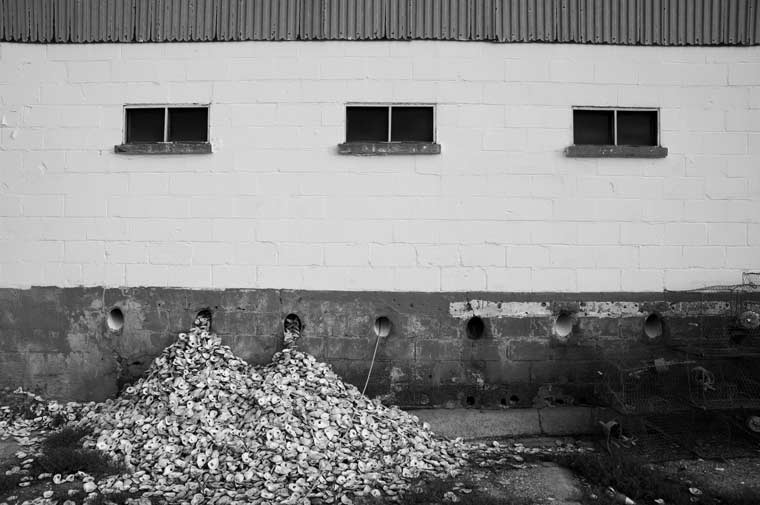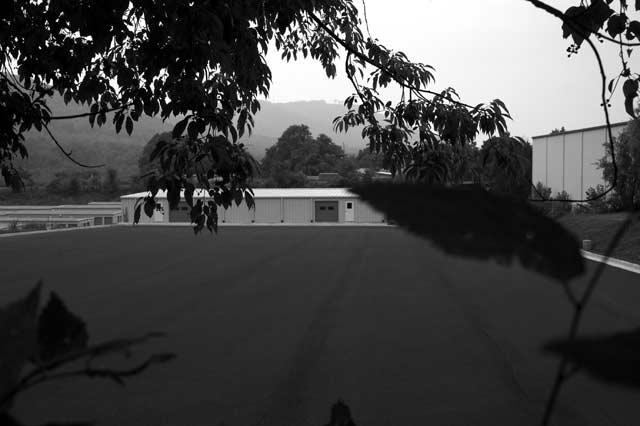pave paradise

With 800,000 acres of pavement, the Chesapeake Bay watershed is more funnel than filter in a rainstorm. Torrents of water have thrown the estuary's salt and freshwater mix off-kilter -- chasing out jellyfish, which love salty water, but stressing crabs and oysters, especially those farthest from the ocean. Washington Post

Impervious surfaces are any surface coverings that do not absorb water. These include roads, roofs, and parking lots. In urban environments, large areas are covered with impervious surfaces. As a result, water cannot infiltrate into the ground, and instead drains into storm sewer systems, and then creeks and rivers, much faster then it naturally would. This rapid drainage and increased quantity of runoff results in high peak flows in waterways, causing severe erosion of stream banks, scouring of stream beds, excessive sedimentation, and flooding. Sediment loading is recognized as one of the greatest threats to the Rivanna River and the Chesapeake Bay; sediment carries pollutants that have bonded to it into waterways, suspends in the water column and blocks sunlight from aiding in the growth of submerged aquatic vegetation, clogs the gills of fish (sometimes suffocating them) and eventually destroys aquatic habitat in streambeds when it settles. Impervious cover also prevents stormwater from infiltrating into the ground and recharging the groundwater supply. This leads to small creeks and streams drying up during prolonged periods of dry weather, contributing to drought conditions.-City of Charlottesville
Labels: environment, neighborhood, slabtown

0 Comments:
Post a Comment
<< Home